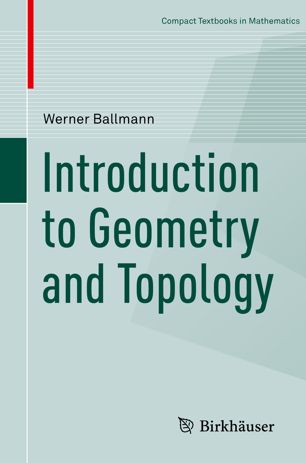

Most ebook files are in PDF format, so you can easily read them using various software such as Foxit Reader or directly on the Google Chrome browser.
Some ebook files are released by publishers in other formats such as .awz, .mobi, .epub, .fb2, etc. You may need to install specific software to read these formats on mobile/PC, such as Calibre.
Please read the tutorial at this link: https://ebookbell.com/faq
We offer FREE conversion to the popular formats you request; however, this may take some time. Therefore, right after payment, please email us, and we will try to provide the service as quickly as possible.
For some exceptional file formats or broken links (if any), please refrain from opening any disputes. Instead, email us first, and we will try to assist within a maximum of 6 hours.
EbookBell Team

0.0
0 reviewsThis book provides an introduction to topology, differential topology, and differential geometry. It is based on manuscripts refined through use in a variety of lecture courses. The first chapter covers elementary results and concepts from point-set topology. An exception is the Jordan Curve Theorem, which is proved for polygonal paths and is intended to give students a first glimpse into the nature of deeper topological problems.
The second chapter of the book introduces manifolds and Lie groups, and examines a wide assortment of examples. Further discussion explores tangent bundles, vector bundles, differentials, vector fields, and Lie brackets of vector fields. This discussion is deepened and expanded in the third chapter, which introduces the de Rham cohomology and the oriented integral and gives proofs of the Brouwer Fixed-Point Theorem, the Jordan-Brouwer Separation Theorem, and Stokes's integral formula.
The fourth and final chapter is devoted to the fundamentals of differential geometry and traces the development of ideas from curves to submanifolds of Euclidean spaces. Along the way, the book discusses connections and curvature--the central concepts of differential geometry. The discussion culminates with the Gauß equations and the version of Gauß's theorema egregium for submanifolds of arbitrary dimension and codimension.
This book is primarily aimed at advanced undergraduates in mathematics and physics and is intended as the template for a one- or two-semester bachelor's course.